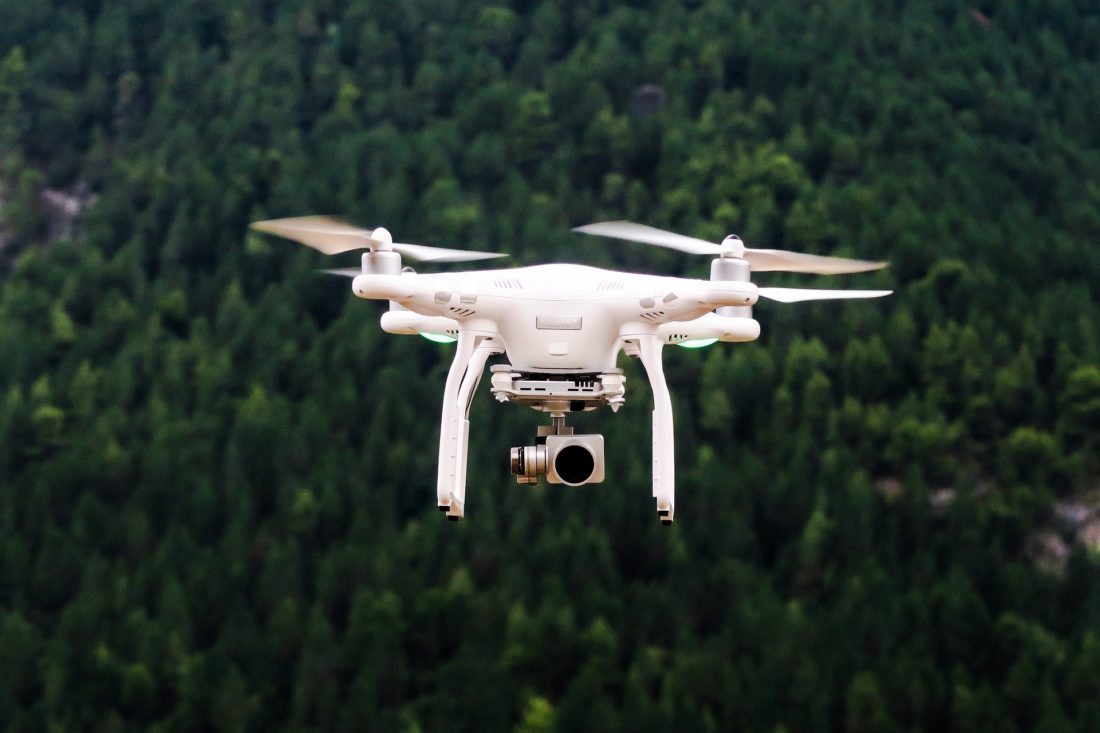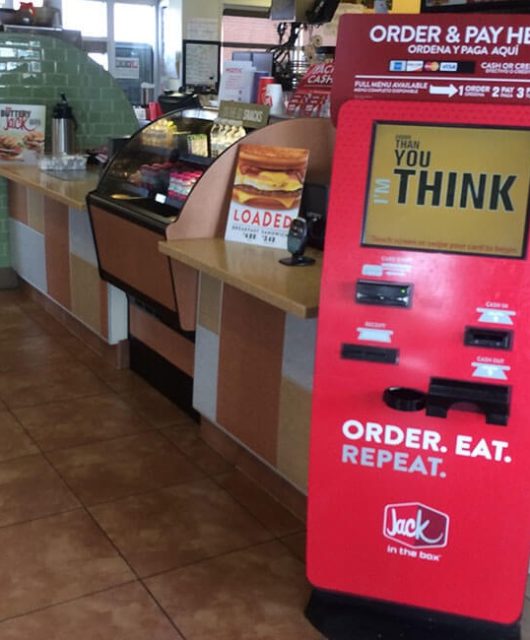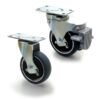BVLOS: the five letters that will help drones change industry forever

For several years now drones, or unmanned aerial vehicles (UAVs), have been heralded as a game-changer for a wide range of industries. And yet, there is assuredly a huge number of decision-makers in that wide range of industries currently looking at industrial drones and wondering how exactly these high flyers are supposed to improve safety, cut costs and increase efficiencies when, in most countries, they can’t even fly out of sight of the pilot. A pilot commanding a high hourly wage, by the way.
However, the question shouldn’t be how are drones going to improve industrial organizations, but when. The answer? When regulations catch up to the technology that’s already available. Fortunately, that could be happening sooner rather than later.
Out of sight, still in mind
BVLOS stands for beyond visual line of sight, and it refers to any drone flight that takes place or extends past the point where the pilot can still see the drone. If you haven’t heard much about this type of drone flight, it’s because it is mostly not allowed.
This is a major holdup for industrial drones because BVLOS flight is what will enable them to complete tasks like long-range infrastructure inspections, mapping and surveying, remote site surveillance and incident response – all tasks that are expensive, onerous and potentially dangerous to complete using traditional methods.
There are some jurisdictions in which industrial organizations are able to have their drones fly BVLOS. Back in March of 2017, Airobotics – pioneering producers of drones for industrial use – was granted a certification from the Civil Aviation Authority of Israel to not only fly fully automated drones, a world first, but to also fly BVLOS. Additionally, Japan was set to scrap a law requiring a safety assistant be present to keep all drone flights VLOS by the end of 2018, and Poland is looking to work with Israel in developing their own legislation to allow BVLOS flights.
The rest of the world is progressing towards BVLOS drone flights more slowly, but the progression is occurring. In many jurisdictions, including Canada, Switzerland, Denmark and South Africa, BVLOS flights are permitted with prior permission from the government, with permission granted on a case by case basis that often involves extensive testing or highly specific site and environmental conditions. In the United States, organizations have to apply for a waiver in order to be allowed to fly BVLOS. It is estimated that 99% of BVLOS waiver applications have been rejected by the Federal Aviation Administration. However, Airobotics recently setting up a new headquarters in Arizona would indicate that relaxed BVLOS regulations may be on the horizon in the US.
The other big development for industry
While legal BVLOS UAV flight will go a long way towards increasing the tasks an industrial drone can complete, it is automation that will enable all tasks to be completed with better cost- and time-efficiency. By making a drone pilot unnecessary, industrial organizations will be able to save the significant cost of either hiring or training a drone pilot, and eliminate the delays associated with waiting for a pilot to respond for a mission, making both scheduled and on-demand flights cheaper and faster. Automated flight also eliminates the chances of human error in flight as well as data collection.
Leading automated drones also do not require human intervention for routine maintenance such as battery changing, and some are even industrial multitools that can change their own sensors in order to make possible a range of tasks and applications. For organizations that require frequent inspections, stockpile evaluation and security and surveillance sweeps of facilities, automated industrial drones are already paying huge dividends.
Preparing to aim high
Industrial drone technology has thus far outpaced the legislation governing their use, and industrial organizations have unfortunately suffered for it in the form of unrealized cost and time savings. However, BVLOS regulations are one of the biggest topics in UAVs, and it won’t be long before BVLOS flight is a highly beneficial reality for industries all over the world. For now, it’s just a matter of watching the clock until industrial drones are truly able to change the game.










